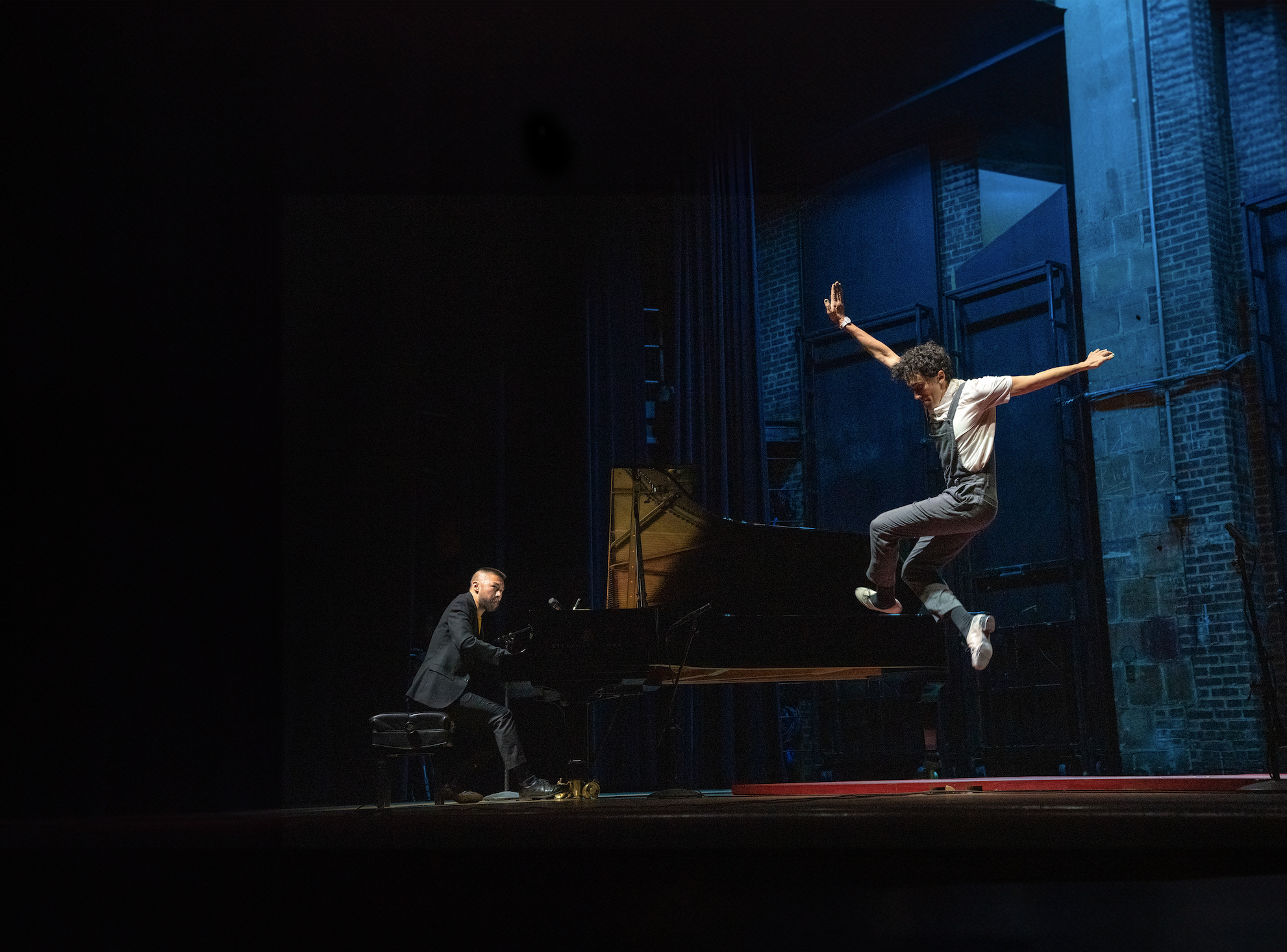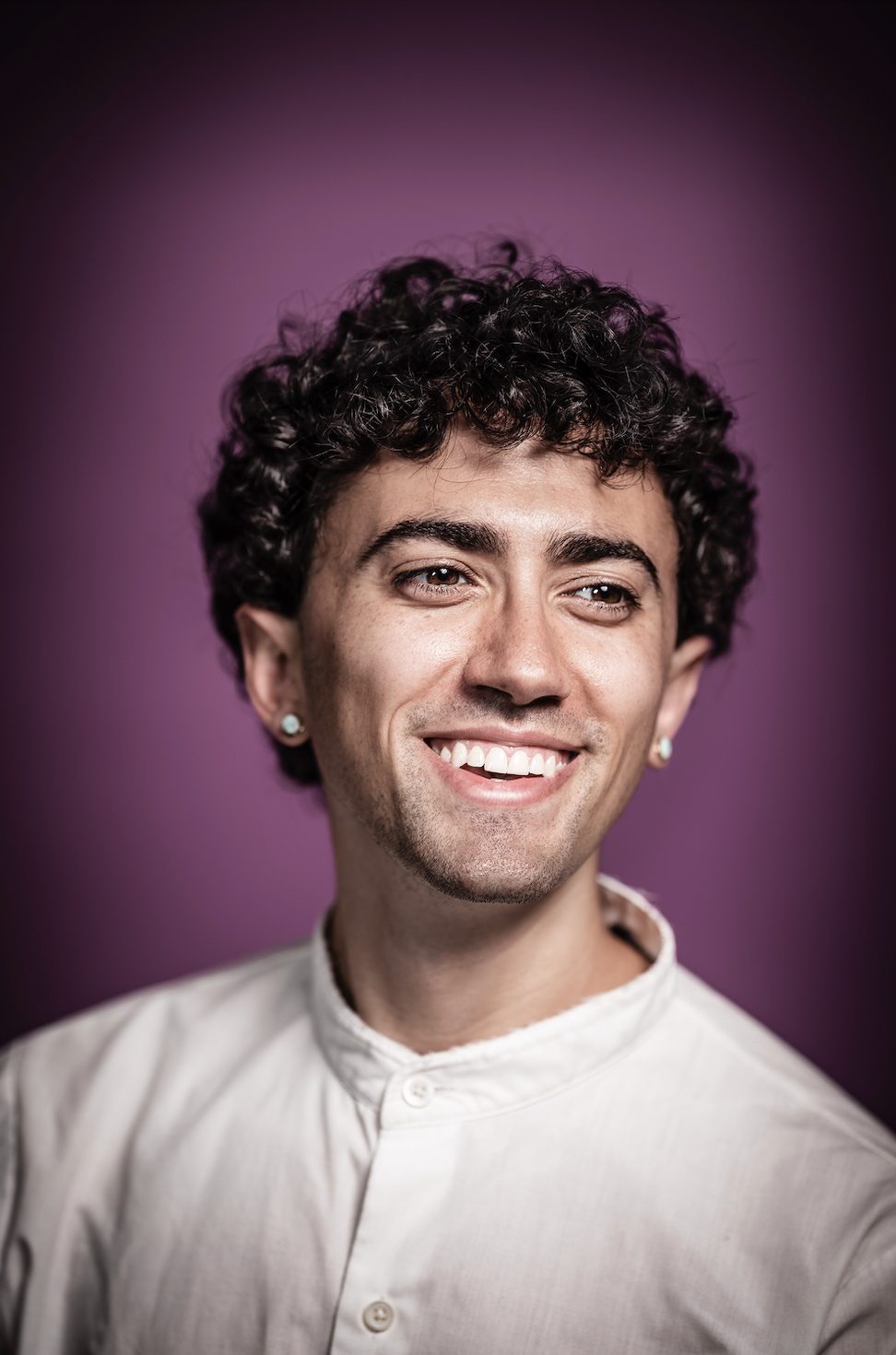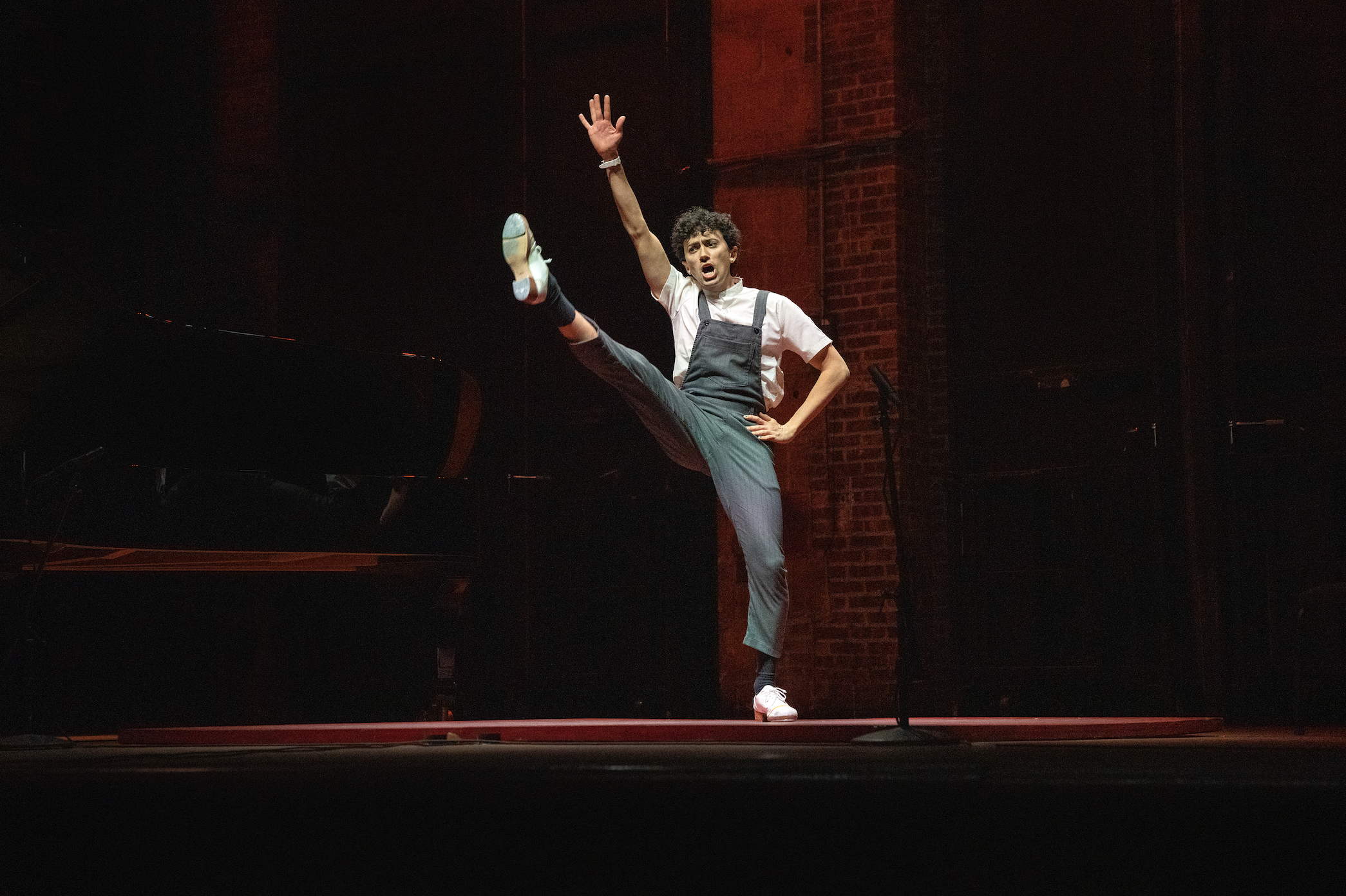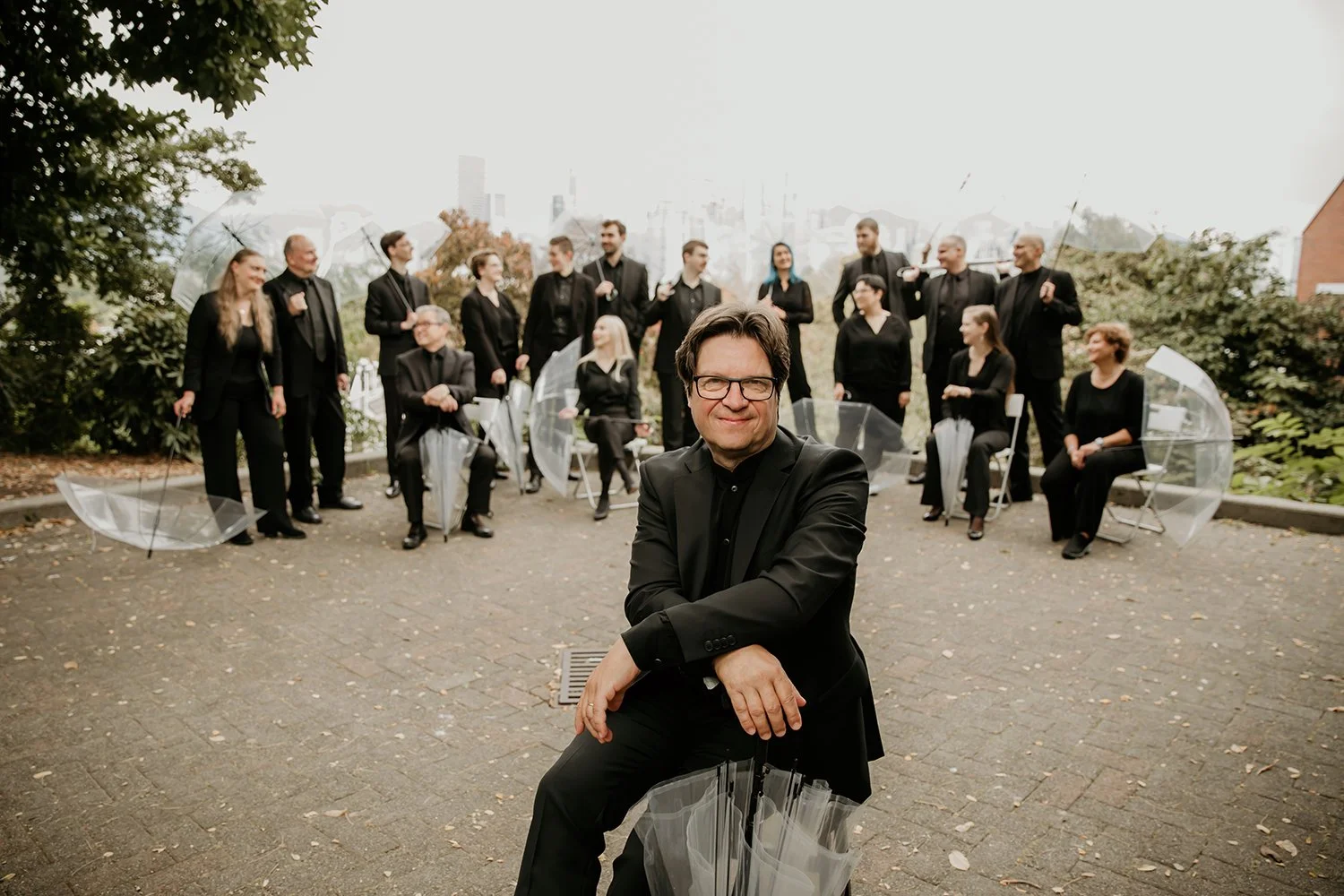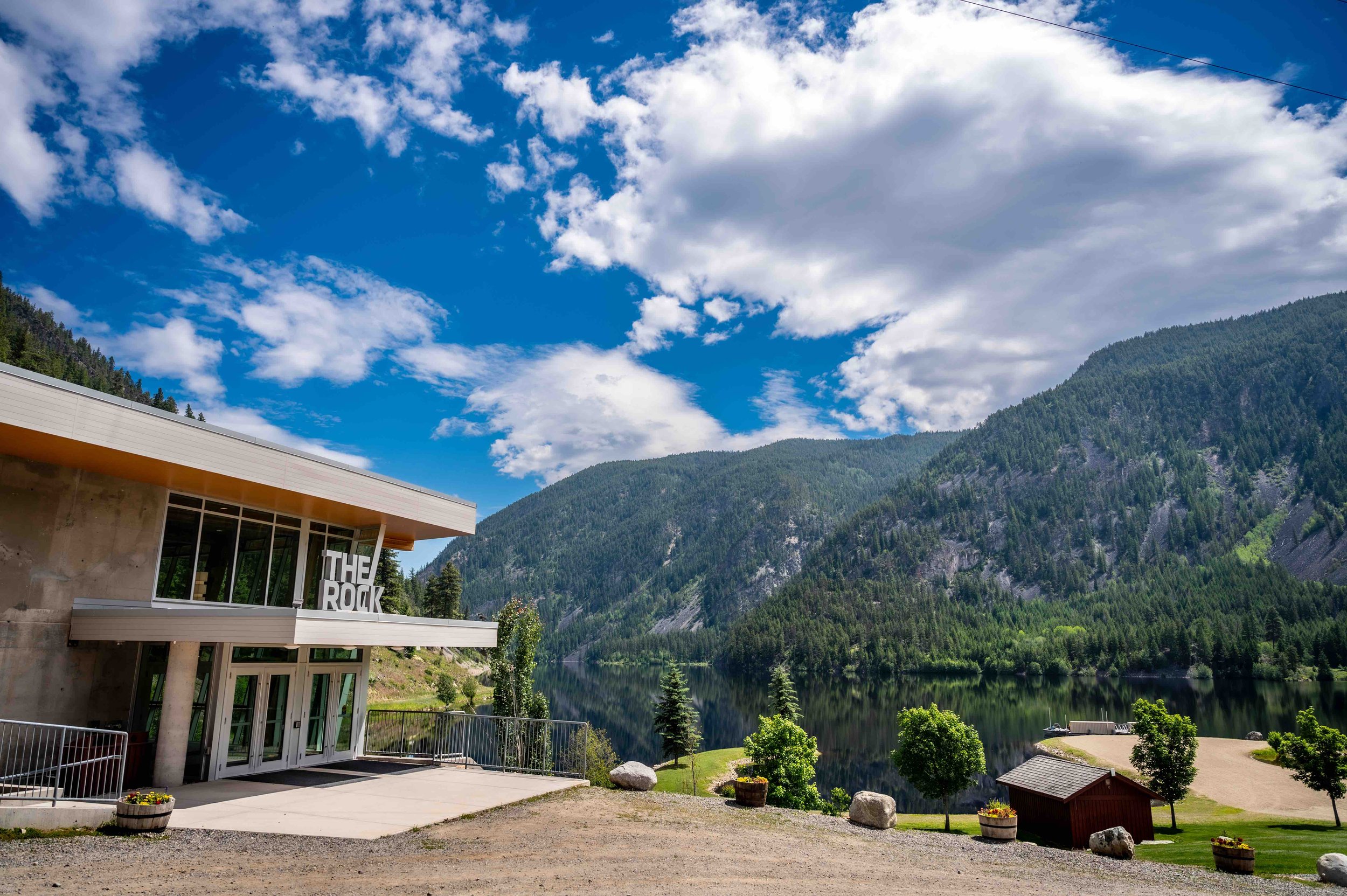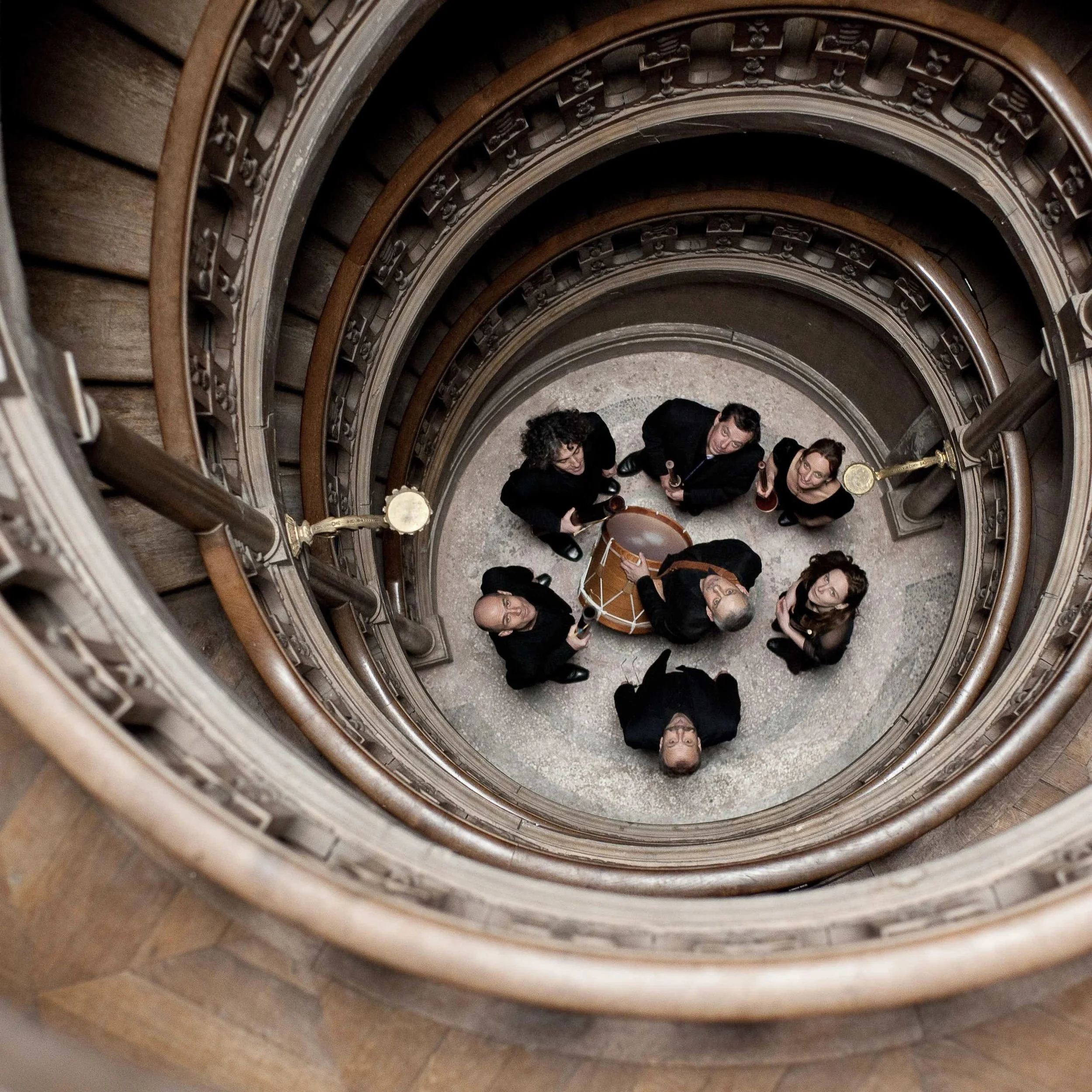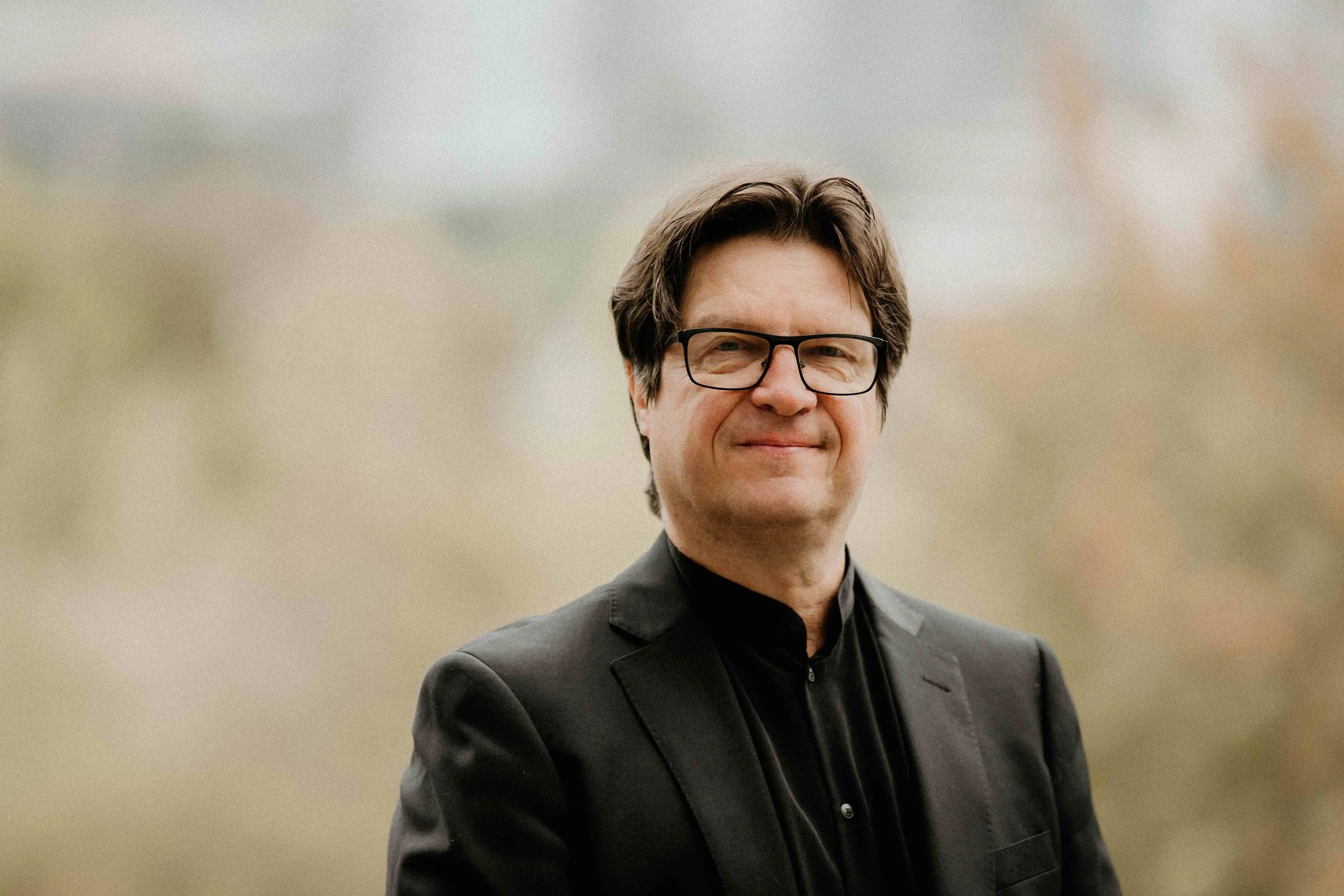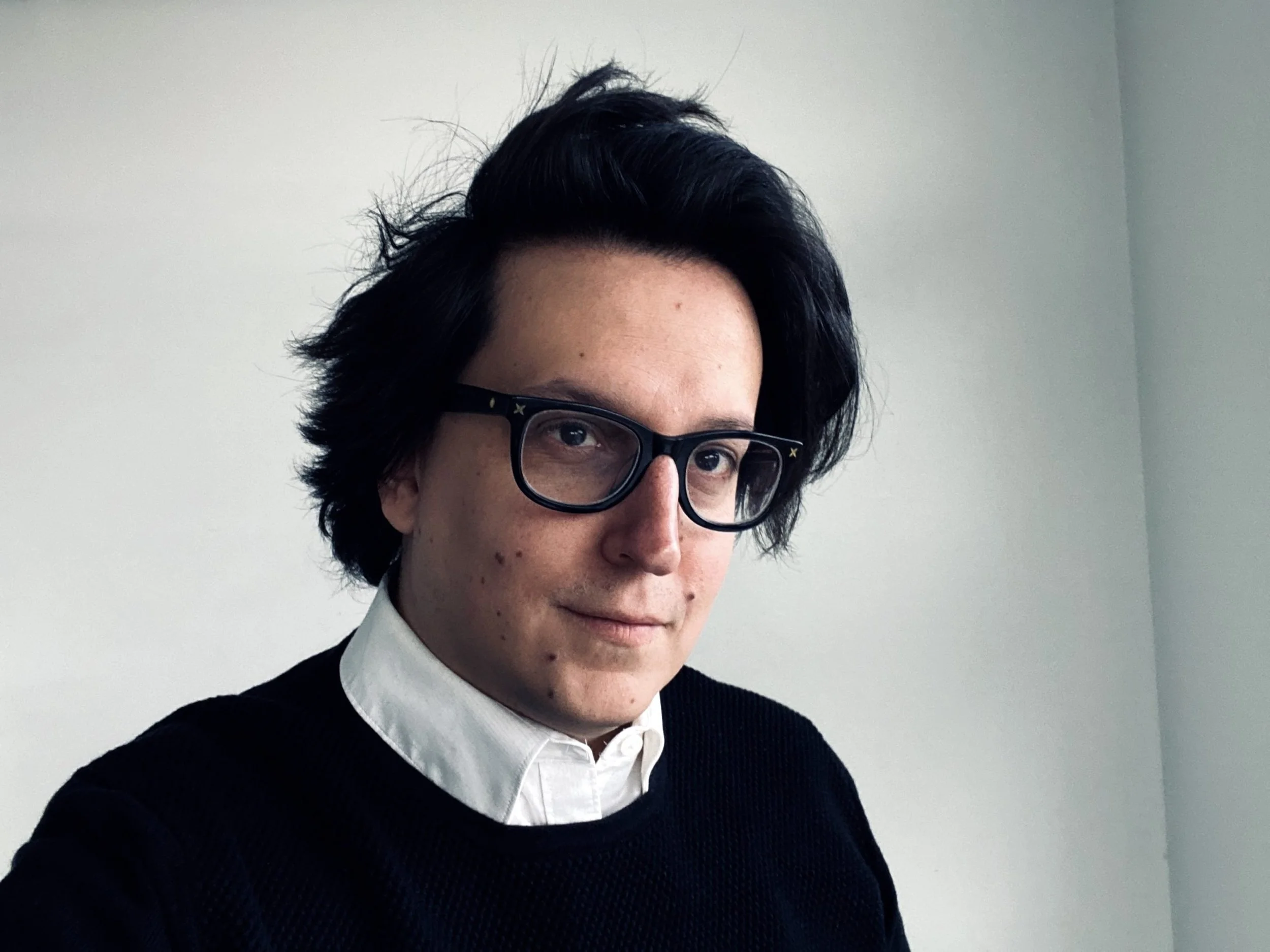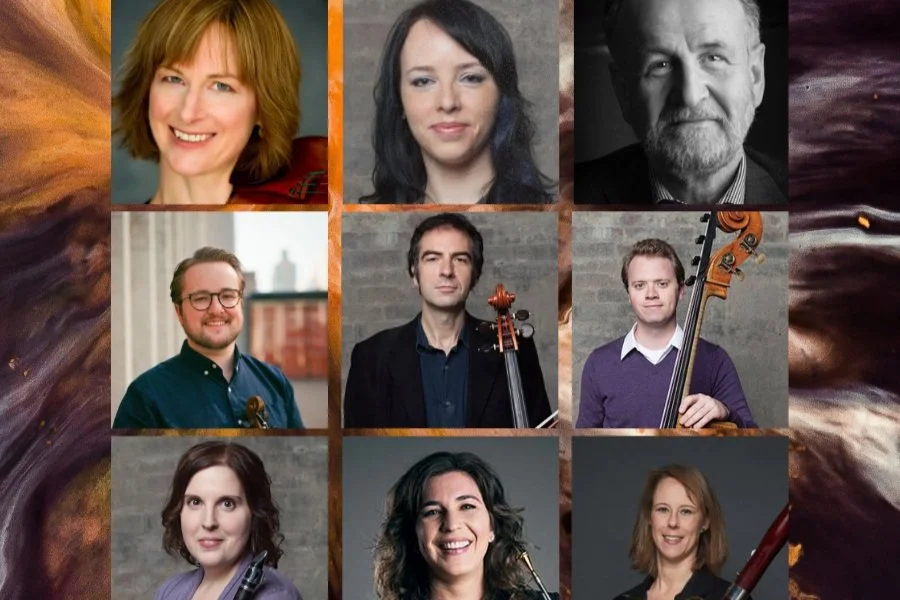Tap dancer Caleb Teicher and pianist Conrad Tao compare and contrast rhythms in Counterpoint
At the Chan Centre, the New York City–based duo take on George Gershwin’s Rhapsody in Blue, Schoenberg’s “V. Walzer”, and more
Conrad Tao (left) and Caleb Teicher in Counterpoint. Photo by Richard Termine
Chan Centre for the Performing Arts presents Caleb Teicher and Conrad Tao: Counterpoint on February 12 at 7 pm
IT HAS BEEN just over a century since American composer George Gershwin released Rhapsody in Blue, his masterwork that became a defining piece of the Jazz Age.
Originally made for solo piano and jazz band, Rhapsody in Blue has held notoriety over the decades for its fusion of classical music and jazz influences. It has made regular pop-culture appearances since its release, including in Woody Allen’s 1979 film Manhattan and in Disney’s Fantasia 2000. It’s also a pivotal element of Counterpoint, a unique concert collaboration between tap dancer Caleb Teicher and pianist Conrad Tao.
In Counterpoint, Tao holds the fort down on the piano while Teicher taps on-stage next to him. Together, they form a counterpoint, which is the musical term for two distinct rhythms or melodies that interact with each other. Speaking to Stir by Zoom before the Chan Centre for the Performing Arts presents the show here in Vancouver, Teicher says that the program is made up of music that both artists found truly meaningful.
“One of the guiding principles was if it was going to be engaging to us, we hoped it would be engaging to audiences, you know?” Teicher says from their home in New York City. “For the most part that’s worked. We really wanted to do Rhapsody in Blue—we thought, wouldn’t that be so fun? It’s such an epic piece with a lot of well-trodden history in classical music and in popular culture. But we actually genuinely like that piece of music and wanted to play it. And that has sort of become something that everyone wants us to do all the time, but it’s good. Our hit song is one that we genuinely enjoy performing, so we don’t feel like we’re shackled to something that we’re just doing to satisfy other people.”
Born and raised in the small town of Mahopac in New York, Teicher moved to New York City at age 17, and has been based there ever since. They were a founding member of Michelle Dorrance’s critically acclaimed tap company Dorrance Dance, and later founded Caleb Teicher & Company, which has presented original concert-dance works at the Joyce Theater, New York City Center, Guggenheim Museum, and Lincoln Center in New York, plus Jacob’s Pillow Dance Festival in Massachusetts, The Music Center in L.A., the Kennedy Center in Washington, D.C., and beyond.
Both Teicher and Tao (who was born in Illinois and is now based in New York City) are alumni of YoungArts, a national U.S. scholarship program that recognizes hundreds of high-school students annually across various artistic disciplines. A selection of top performers each year are flown to Miami for workshops, masterclasses, and performances, which is where Teicher and Tao met as teenagers.
They kept in touch, and it wasn’t until several years later that they began working together on a project called More Forever, which featured Teicher and a troupe of dancers performing in a 24-by-24-foot sandbox to Tao’s original piano compositions. But Teicher notes that it wasn’t the easiest show to tour.
“Most theatres really hate sand, so that sort of fell away over time,” they share candidly. While More Forever may not have been viable in the long term, a couple of theatres they performed the show at suggested that Tao and Teicher put together a duo instead—and after a few trial runs, the concept stuck.
Caleb Teicher. Photo by Mark Mann
“We named our program Counterpoint because we are two people on stage, and there is an aspect of compare-and-contrast that is inevitable when there are two entities,” Teicher says. “People start to say, ‘Well, what makes these two entities similar? What makes them different?’ But then beyond that, we’re trying to sort of disrupt ideas of ‘different’ or ‘same’—of the binary in certain aspects, let’s say. The things that we do interweave in the kind of contrapuntal way that music is often associated. There are these two distinct parts that are meant to be performed, and yet you don’t hear them as separate parts, you hear them interwoven. And that’s what makes it beautiful.”
Counterpoint isn’t Teicher’s first foray into pairing classical music with tap rhythms; they have previously performed as a soloist with the National Symphony Orchestra and Philadelphia Orchestra. Many of the artist’s recent works also defy disciplines, including the big-band and swing-dance spectacular Swing Out, and Bzzz, which saw tap dancers perform to the rhythms of a live beatboxer.
“I’m not just a musician that sits down and plays an instrument, and the main product is sonic,” Teicher says. “I make sounds, but I also move my body in particular ways. So what I love about choreographing—which is different than playing a sitting instrument—is that I can draw the audience’s awareness, imagination, or attention to the music in really different and arguably interdisciplinary ways. Tap dance is interdisciplinary inherently, because it makes sounds and it looks like something, and the combination of those two things together is hopefully greater than the sum of its parts. So not to sound simple, but it’s just really fun for me. I get to be very imaginative. And it seems to work—it seems to carry people through the piece, in a way.”
Caleb Teicher in Counterpoint. Photo by Richard Termine
Aside from Rhapsody in Blue, the program for Counterpoint spans the delicately ornamented aria from Bach’s Goldberg Variations; Schoenberg’s Viennese waltz-inspired Five Piano Pieces, Op. 23, “V. Walzer”; and an original sequence from Teicher and Tao’s aforementioned More Forever collab called “Swing 2”. Teicher will also be performing a historic tap solo called The Coles and Bufalino Soft Shoe by American tap legends Charles “Honi” Coles and Brenda Bufalino, which they learned from Bufalino herself back in 2019.
While Teicher is in Vancouver, they will be hosting two workshops in the lead-up to Counterpoint with Rhythm City Productions at the Rhythm Room on February 11; one for intermediate tap dancers, and another with a focus on vernacular jazz that will draw on the Lindy Hop style with moves like the Charleston, half break, Suzie Q, and Shorty George.
After it hits the Chan Centre stage, Counterpoint will continue touring to Seattle’s Meany Center for the Performing Arts on Valentine’s Day, then to Beaver Creek and Aspen in Colorado.
“Conrad and I just kind of soak each other up,” Teicher shares. “When we’re on tour, we spend all day in conversation. On the way to the venue, in rehearsal, having dinner before the show, warming up for the show, doing the show—the whole thing is kind of a continuous conversation for us as people and as artists who have had pretty dramatically different experiences, but who seem to enjoy being together a lot and seem to find our conversation really dynamic…. It’s a great job, because I get to travel to these places with one of my best friends, and we do this show where it feels like it’s just a continuation of our conversation.” ![]()



